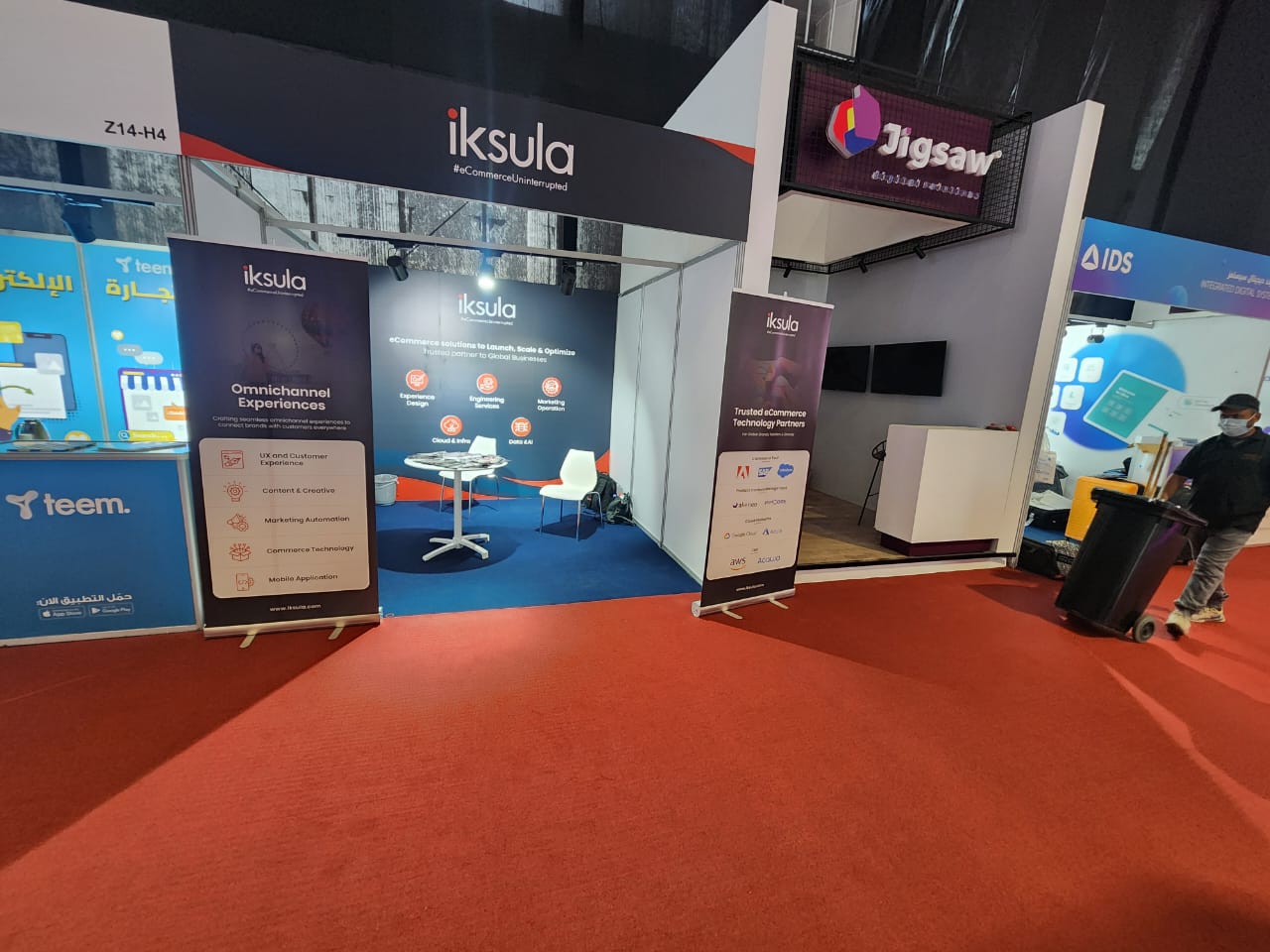A true omnichannel strategy enables customers to transact seamlessly across multiple channels. While creating an integrated storefront between your digital and physical channels is the first step, creating a true omnichannel inventory management process is what enables long-term success.
In an IDC retail survey conducted in May 2021, 55.8% of retailers reported that they are currently implementing an in-store workforce and task management solution or planning to within the next 12 months. Likewise, 60.7% reported that they are currently implementing a curbside pick-up/click-and-collect management solution or planning to implement within the next 12 months.
For retailers with a strong brick-and-mortar presence, the primary challenge is to reimagine the inventory model from a warehouse to store model to an omnichannel model. This requires a fundamental shift in thinking across the entire organization – product mix, sourcing strategies, warehouse locations, store inventory & shipping models.
Imagine a scenario where a customer in Seattle orders a product that needs to ship from your warehouse in Springfield, Illinois. However, the same product can also be delivered from your store in downtown Seattle, or the customer can do a curb-side pickup. Sounds simple right?
Now scale this to a hundred thousand products per day across thousands of orders. Suddenly, your teams are confronted by out-of-stock items, long delivery lead times, misplaced orders, escalating shipping costs and excess inventory.
These issues arise because Omnichannel Fulfillment strategy needs to be designed and executed at an organizational level with a very high level of synchronization between different functions.
Some of the key challenges retailers face are:
- Fragmented inventory planning & management models, that are aligned to separate channels
- Lack of inventory visibility across the organization that prevents a correct view of availability to customers and associates
- Managing order orchestration across multiple channels & locations, which leads to unfilled orders, stockouts, escalating shipping costs
- Inventory planning at SKU level to create optimal inventory levels across different fulfillment locations
Now, let’s turn our attention to what you can do to overcome these challenges. How can you leverage omnichannel inventory management to deliver seamless customer experience?
Based on our experience, we advise the following to our customers:
- Integrating various inventory channels to a single system by implementing an omnichannel inventory management system. This will enable inventory consolidation and planning in a centralized manner
- Implementing an automated order management system that can be setup to manage multiple fulfillment models (Ship from store, BOPIS, BOPAC). The Order Management System has to be completely synchronized with the inventory management system.
- Investing in SKU-level inventory predictive modeling, to understand the fastest moving SKUs region & geography-wise, to be able to allocate inventory effectively to the most optimal locations
- Store-level enablement & visibility for store associates to handle store pickups & returns/ exchanges
- Shipping incentives (3% off for normal shipping) to manage customer expectations on shipping times without compromising the customer experience
Iksula, with over 15 years of experience in enabling e-commerce businesses, is helping retailers globally in implementing their Omnichannel Strategies. Talk to our consultants how we can help your business implement the right omnichannel inventory solutions.









































